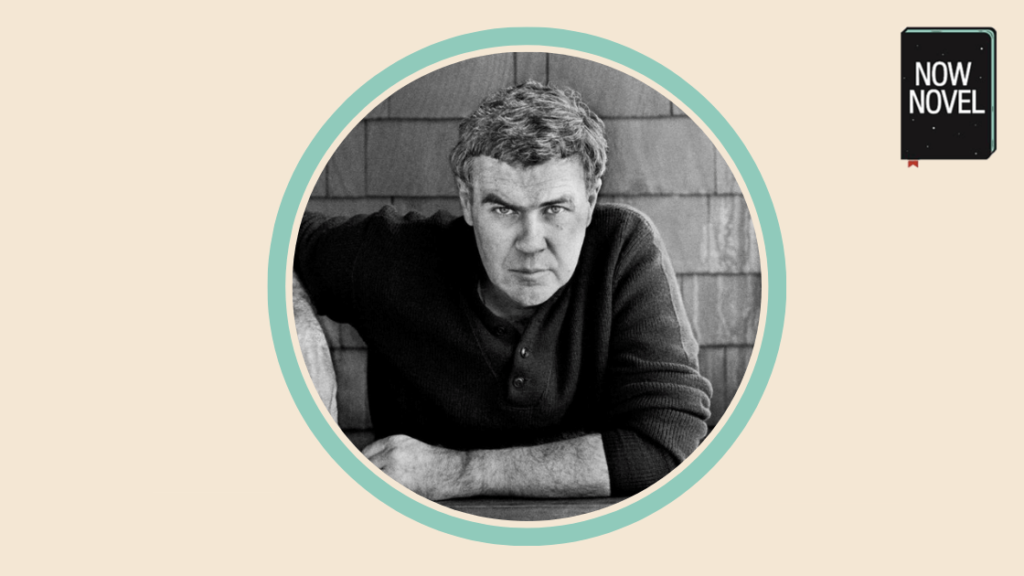
There are at least two versions of Raymond Carver’s collection What We Talk About When We Talk About Love. This gives us a unique opportunity to compare the writer’s original work with the edited stories. What lessons about editing are there? Read on for editing tips from Raymond Carver and the history of his editors:
Background: Why Raymond Carver?
Carver depicts realistic down-and-out characters. He is also acclaimed for his stark, minimalist style and his short fiction.
Two decades after his death, his widow and literary executor Tess Gallagher oversaw the release of a new version of his 1980 short story collection What We Talk About When We Talk About Love. This new version was really the old version.
The revised edition contained the short stories as Carver wrote them before they came under the heavy hand of longtime editor Gordon Lish. Carver, it was revealed, was ambivalent in about some of the extensive editing Lish had done.
When we read the stories as they appear in each edition, we learn about both content editing and line editing and just how much either may alter a story.

Editing affects tone
Developmental editing examines issues of plot and character, among other areas.
The original stories preceding Lish’s influence go above and beyond basic editing. Entire endings change. Lish did also shape and tone some of Carver’s more tortuous sentences into the clean, declarative style we think of as Carver-esque.
Communication between editor and author is vital
The other lesson from Raymond Carver’s editing concerns the relationship between author and editor.
Editors work hard to improve fiction.
As writers, we don’t want to get reputations of being difficult to work with. Sometimes we accept edits we aren’t complete comfortable with. Or let some battles go.
On the other hand, Lish’s editing in the stories was so extensive that in some cases it amounted to almost ‘co-authorship’ in the extent of its changes.
As writers, it can be difficult for us to be objective about both our work and critiques of our work. We may err on the side of growing defensive and not wishing to make any edits, or we may find ourselves making cuts that we are ultimately uncomfortable with as Carver did.
In the end, it is vital to have an open, communicative relationship with your editor. To query the changes you feel must be queried. To continue in a spirit of both serving the best interests of the story and the pleasure and impact of the text.
Need to edit your manuscript? Get a no-obligation quote for a skilled editor now.
Image source: Wikimedia Commons (GNU Creative Commons share-alike)
